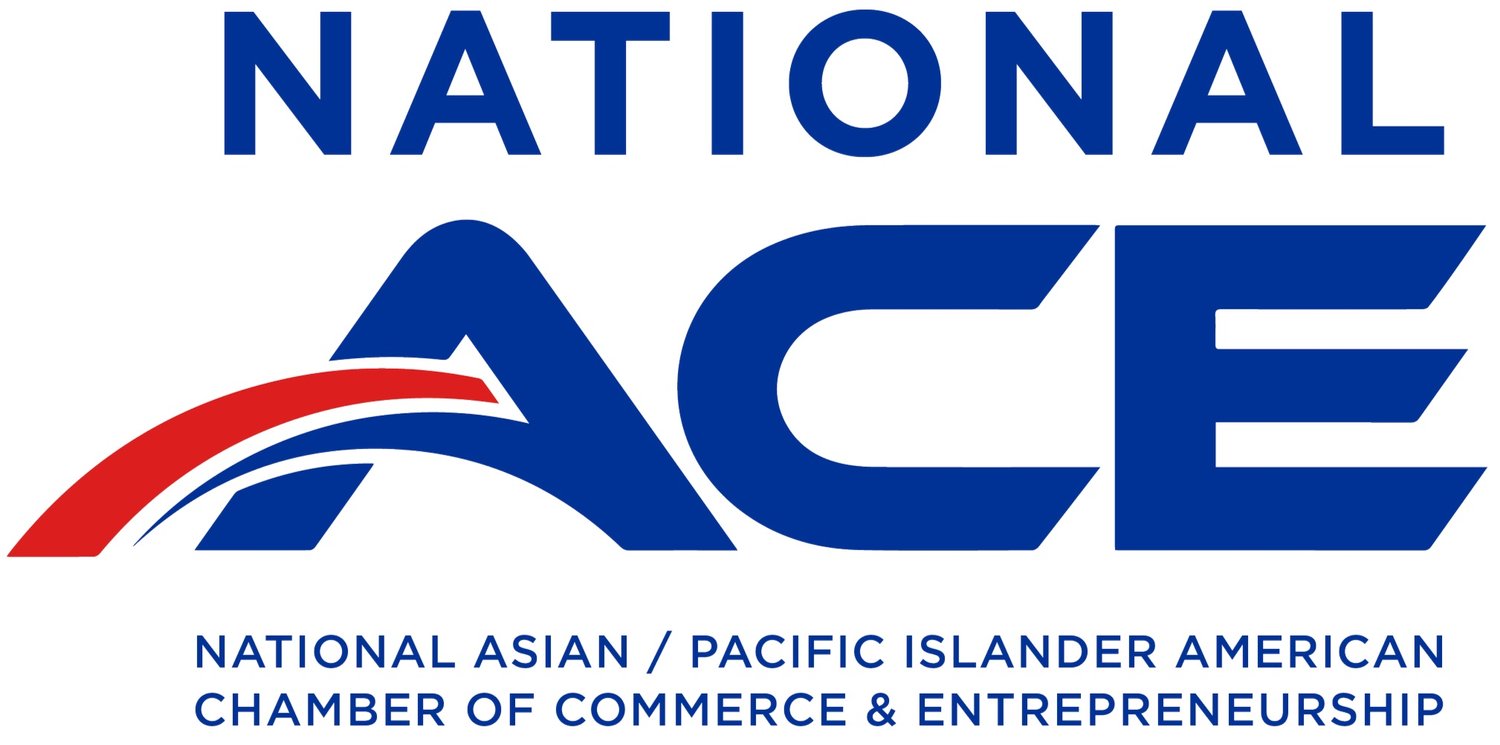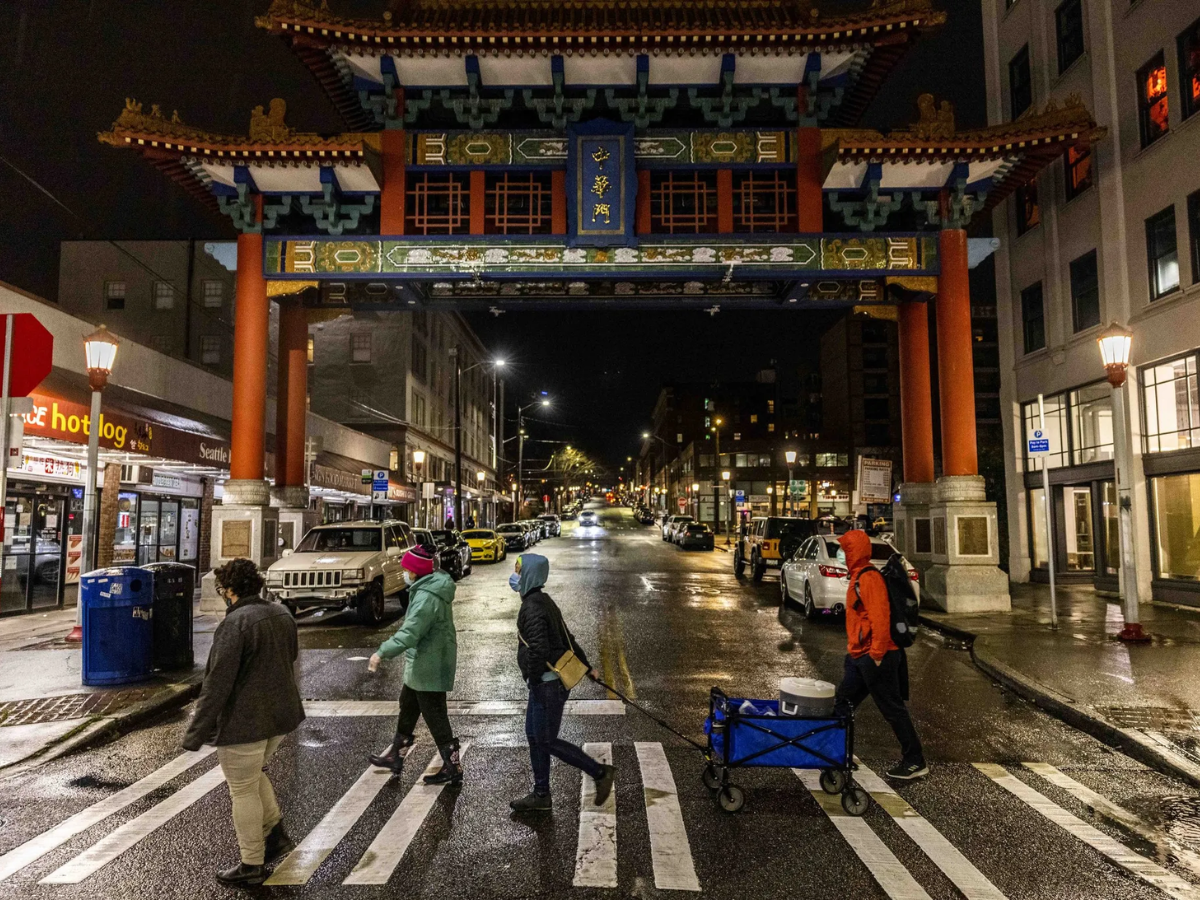The Beginnings of Chinatowns: A Brief History
The Chinese American small business community is vast, touching every part of our nation and engaging in every kind of enterprise, from brick and mortar restaurants to online retailers and everything in-between. This community has grown and flourished over the last two centuries, and a brief overview of the origins of Asian American small business in America helps explain how the community came to be so fruitful.
Immigrants and Entrepreneurs
Beginning as early as the 1840s, Chinese migrant workers started coming to California in response to the mining opportunities presented by the Gold Rush, and subsequently the railroad construction connecting Sacramento to the rest of the continent. But, it wasn’t long before they began establishing businesses of their own - mining and agriculture became popular enterprises for Chinese businessmen. One of the most lucrative positions at this time was that of the labor broker. These bilingual, often educated men would seek out employment needs from local businesses and connect newly arrived laborers with these job opportunities. Additionally, they helped create communities around the docks for new arrivals, finding (for a price) sources for housing, groceries, translation services and entertainment for the workers. This early practice of labor brokering allowed for a distribution of immigrant Chinese laborers across a number of industries.
Building Chinatowns and Capital
Once central communities became established, a new problem began to emerge - access to capital. Naturalization laws in the United States prevented AAPI immigrants from receiving loans or banking networks in a typical way. As a result of this, mutual aid networks were established in areas with high Asian American population density, based upon different religious or ethnic connections. Known as “rotating credit associations”, these groups would help accrue capital for those looking for start-up funds, investments in their growing businesses, or even seeking to meet the financial requirement needed to petition for their wives to immigrate from their home country. These groups eventually gave way to banks and other investment companies which served Asian American communities in a way other banks at that time would not. These were just a few of the businesses started in new hubs of activity for the Chinese community - Chinatowns. By the end of the 1840s, Chinatowns were established in San Francisco, Los Angeles, and Seattle, housing businesses which provided resources for anything a resident could need - many members of these communities spent their whole lives in these Chinatown neighborhoods. Chinatowns also created systems of self-governance, creating police forces and structures for dealing with conflict, so as to remain independent from the imposing culture of the surrounding society.
Keeping Chinatowns Alive
Establishing these close knit businesses communities led to thriving nexuses of innovation and entrepreneurship for Asian Americans. The support given to each other allowed their enterprises to grow and expand, eventually becoming the great Asian American business community which we are a part of today. Ensuring that these Chinatowns remain thriving is necessary to both their residents and Asian American small business owners as a whole. Two of the country’s oldest Chinatowns in particular are facing threats to their survival: Philadelphia Chinatown and Seattle Chinatown-International District. Community leaders of Philly’s Chinatown have faced gentrification and the loss of over a quarter of their land to large-scale building developments. Even now, the 76ers announced the construction of a stadium which will abutt the Chinatown district and further gentrify their neighborhood. Organizers have released this petition in order to garner support against the construction of the arena.
The Chinatown neighborhood of Philadelphia, Friday, July 22, 2022. (AP Photo/Matt Rourke)
Seattle’s Chinatown-International District (CID) is one of the oldest examples of Chinese, Japanese, Vietnamese, Filipino, and Black Americans settling into an area and creating a neighborhood together. New transit plans, however, are threatening to impact the community’s cultural preservation and access to transport. Many groups have gathered to advocate for a fair consideration of the CID’s interests in these negotiations.
The Historic Chinatown Gate in Seattle’s Chinatown International District on Dec. 15. (The Seattle Times/Daniel Kim)
Support for these and other Chinatowns will keep historic neighborhoods which have brought diversity and culture to this country for centuries alive and thriving. Be sure to visit and enjoy your local Chinatowns and research how you can help any of these cultural hubs being threatened by downsizing and gentrification.


